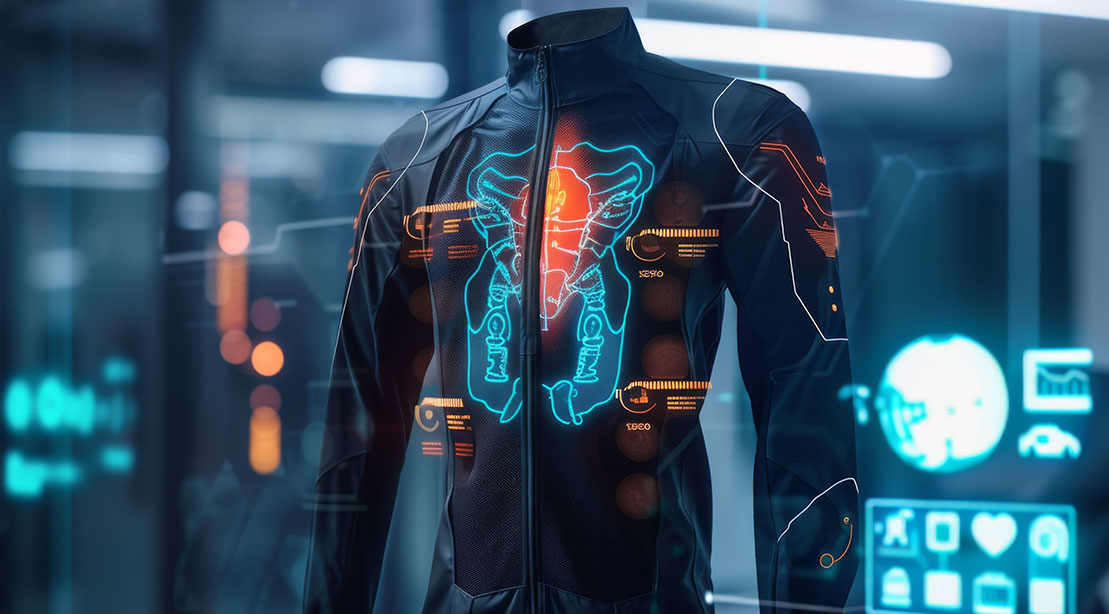28-Days-to-Lean Meal Plan
With the right plan and the right discipline, you can get seriously shredded in just 28 days.
Read article
Choosing your future activewear garments may soon involve more than simply picking out a color and a style, as experts are now developing ways to track your movement via methods that could soon supersede the humble smart watch, and sports brands are taking note.
Apparently, it’s all down to the presence of harmless electrical signals that travel through conductive threads stitched into the clothing, say experts who have helped develop the new technology at Bristol University in England. “We’ve shown that common overlocked seams in standard garment constructions can do a good job of sensing movement,” explained Professor Mile Fraser commenting on a new paper that was presented during the 2024 Designing Interactive Systems conference in Copenhagen. Okay, but how is it powered? “The design avoids the need for a separate power source by pairing the seam with a charging coil, drawing the energy wirelessly from a mobile phone placed in the pocket,” said Fraser.
The fact that movement sensing technology can be installed inside traditional overlocked seems also means that brands will be able to adopt this future fashion hack, currently dubbed ‘SeamSleeve,’ without making a wardrobe malfunction. “We’re excited by the opportunity for clothing manufacturers to implement our designs in sleeves and other garment seams,” said Fraser. “This means advanced motion sensing garments could be made without altering existing manufacturing processes.”
While transforming our clothing into wearable tech offers some obvious immediate benefits such as convenience, scientists also say that the motion tracking that SeamSleeve offers has the potential to be more accurate than that currently seen in existing wearable fitness devices. “We have also shown that smartphone apps using advanced Artificial Intelligence (AI) techniques can use this movement data to match body movement to specific postures or gestures such as physiotherapeutic exercises,” said Fraser. In the not too distant future, tracking your squats really could depend on your choice of shirt.